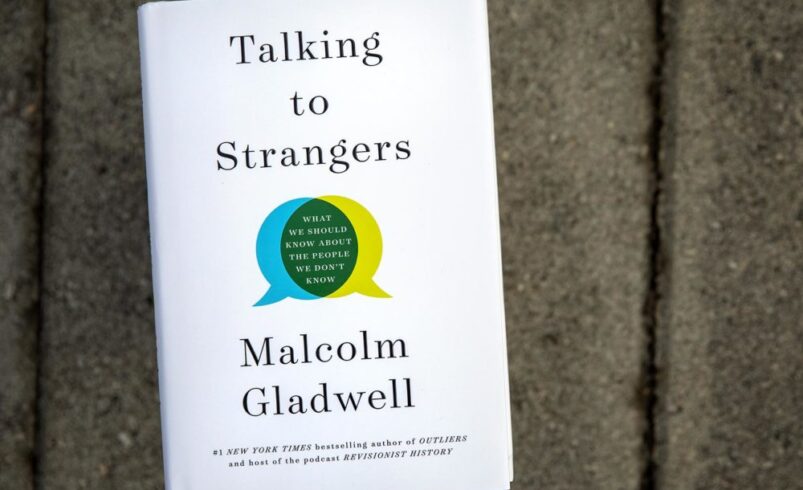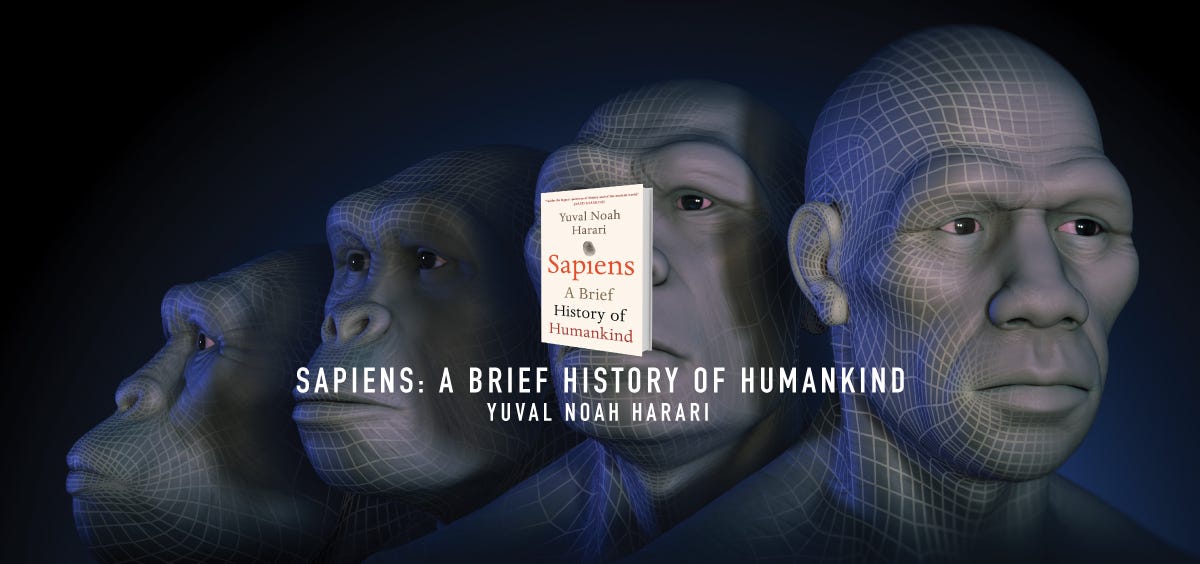
With popular books like Outliers, Blink, and The Tipping Point, Malcolm Gladwell is one of the most influential non-fiction writers of this era, with a knack for delving into complex social phenomena and the ability to break it down into insightful and accessible ways even the common people can understand. In ‘Talking to Strangers: What We Should Know About The People We Don’t Know,” Gladwell manages to broach a touching subject we’ve all wondered about at least once in our lives – the topic of understanding and interacting with strangers, and how often we misunderstand it all.
Contents [show]
The Central Theme
The base theme of the book is about its secondary headline – how we misunderstand, misread, and misjudge the people we don’t know personally. He begins with an example of how humans are terrible at interpreting others’ actions, of a 2015 arrest and the following death of Sandra Bland, an African-American woman who was stopped for a minor traffic violation in Texas. The rest of the book follows the tone set by this example, showing how misunderstandings can lead to tragic outcomes, making the discussion based around the potentially devastating consequences miscommunication can lead to between strangers.
The author doesn’t care about ordinary interactions between people who already know each other, or cases of simple greetings between strangers. He’s looking into high-profile cases revolving around espionage, the legal enforcement, fraud and defaming, and even sexual assaults. He shows through the books how deeply flawed our assumptions about people can be, and how dangerous those assumptions can become.
Even packed with intensive research, the book manages to be quite an engaging read, with his signature style of breaking down complex topics into easy to consume pieces.
The Way of the Truth
Gladwell’s main concepts include the idea of ‘default to truth,” which is a theory proposed by the psychologist Timothy Levine. It basically states that people tend to believe someone is saying the truth, unless there is overwhelming evidence of a lie. This is quite a useful feature to have for people, since the opposite would lead to society breaking down pretty quickly – imagine if everyone went around assuming everyone else was lying all the time. But like all things, the default to truth method can also have its own dire consequences, in cases of trusting people encountering those that are exceptionally good at being deceptive.
Here, Malcolm Gladwell brings in real-life examples to prove his point, such as the infamous case of Bernie Madoff’s Ponzi Scheme. People simply couldn’t believe that someone in a high position like Bernie could be so deceitful, allowing him to get away with his frauds for years. Even when red lights started flashing about him, those closest to him chose to believe that he was an honest man.
On the other hand, Gladwell also discusses how sometimes we don’t believe those that are truthful, and presents the case of Amanda Knox as an example. People chose to believe that Amanda, who was convicted for murdering her roommate in Italy, was guilty because of her strange behaviour during the police investigation. And her behaviour WAS rather strange, including feats like cartwheeling in the police station, but Malcolm points out that it was just a misunderstanding of her culture (which somehow incorporates cartwheels into stress relief), and that she was having a justifiable response to her situation.
The Facade of Being Transparent
Tied too closely to the concept of ‘default to truth’ is the idea of ‘the illusion of transparency,’ which suggests that body language, expressions, the tone of someone’s voice, etc. lets us read their emotions or thoughts. We believe inherently that people’s feelings are visible and transparent, seen by the naked eye, following phrases like ‘the eyes are the window to the soul.’
Gladwell, however, disagrees. His example for this one is the Cuban Spy, Ana Montes. Ana worked for the U. S. Defense Intelligence Agency, and successfully passed over classified information to the Cuban Government for more than a decade. No one suspected she was a spy, even with her position that required severe security checks. One might wonder why – it was because she never displayed any typical signs that her colleagues were looking out for. Here, the case highlights how our belief in transparency makes us overconfident in our ability to read others, making us miss the truth entirely.
How exactly do we interact with strangers?
Gladwell’s main, most compelling argument in ‘Talking to Strangers’ is that most of our confusion when interpreting strangers arises from how we overestimate our own ability in understanding others. There are two types of errors we make when assessing strangers, with a critical distinction between them – the ‘truth default’ errors and the ‘transparency’ errors.
The ‘truth default’ error is the mistake of trusting people too much. This error can cause devastating harm, especially when trusting the wrong people. Take the case of Larry Nassar, who sexually abused hundreds of young athletes, but got away unscathed because many parents and colleagues chose to believe that he was an honest man, even despite their suspicions.

The ‘transparency’ error involves falsely believing that someone’s real intentions are revealed through their actions and expressions. The study conducted by psychologist Emily Pronin which demonstrates that people believe they can read other people’s, strangers’ true feelings through their body language or facial expressions, is presented as a basis by Gladwell. These studies all serve to show that people are actually quite poor at the task of recognising feelings, which causes them to misinterpret a stranger. Gladwell believes that both Amanda Knox and Sandra Bland were victims of these misinterpretations.
The Cases Presented, and their Implications in the General Sense
The most effective element of the book is Malcolm Gladwell’s extensive use of case studies. He managed to cover a wide range of examples, ranging from the Cuban Missile Crisis to the sexual abuse scandals that involved Jerry Sandusky and the Penn State Football Program. Each of the case studies provide individual lenses to explore the broader theme of our failure to understand strangers.
A particularly chilling case is the one involving the Nazi war criminal, Adolf Eichmann. The concept ‘banality of evil’ by Hannah Arendt is revisited by Gladwell here, which serves to highlight how Eichmann’s appearance was that of an ordinary bureaucrat, and not the monster many people were expecting. His appearance alone led to the downplaying of his role in the Holocaust. Our inability to comprehend the actions of others can make us blind to the truth, as Gladwell shows with this example.
Then there is the case of Brock Turner, a Stanford Student who was convicted for sexual assault. One would expect a student of Stanford to conform to the social norms about them – the uptight, studious nerds of a prestigious school. The case also presents how the outcome depended on the societal expectations of the specific behaviour the victim and the perpetrator must have shown for such a thing to happen. Even the way of how justice is served is influenced by misunderstandings.
Conclusion
‘Talking to Strangers’ provides a deeply insightful examination into the ways in which we misunderstand people we don’t know, how we make assumptions about them and how devastating that can be. The way he blends storytelling with his research presents quite a compelling narrative, which makes the readers question the way they themselves make assumptions about human behaviour. A series of case studies illustrates how our failures at the simple task of understanding people can lead to unimaginable situations – from wrongful convictions to perpetuating systemic abuse to leaking national classified data.
We are reminded by the book of how our interactions and judgements are often wrong, and a simple thought can have far-reaching implications, which can lead to life-changing, perhaps destroying events, on both a personal and a societal level. The book doesn’t provide solutions to these issues, but we can certainly garner a few lessons from it ourselves, as well as use the insights it provides on starting to address these issues. Becoming more aware of our problems is the first step to take in changing them, after all.
This book can be considered essential reading for those interested in psychology, social justice, or human behaviour. It calls to action for more critical thinking on these issues, and to fix our behaviour to become more incorporated into society.
If you haven’t read this book yet because you couldn’t find the time, your worries end here. Wizdom is here for you – we provide bite-size summaries and audios for books just like this one, so busy people don’t need to mess up their schedule to incorporate reading into it, or abandon reading entirely just because they don’t have the time.
Join Wizdom today to start on your journey to more knowledge!










